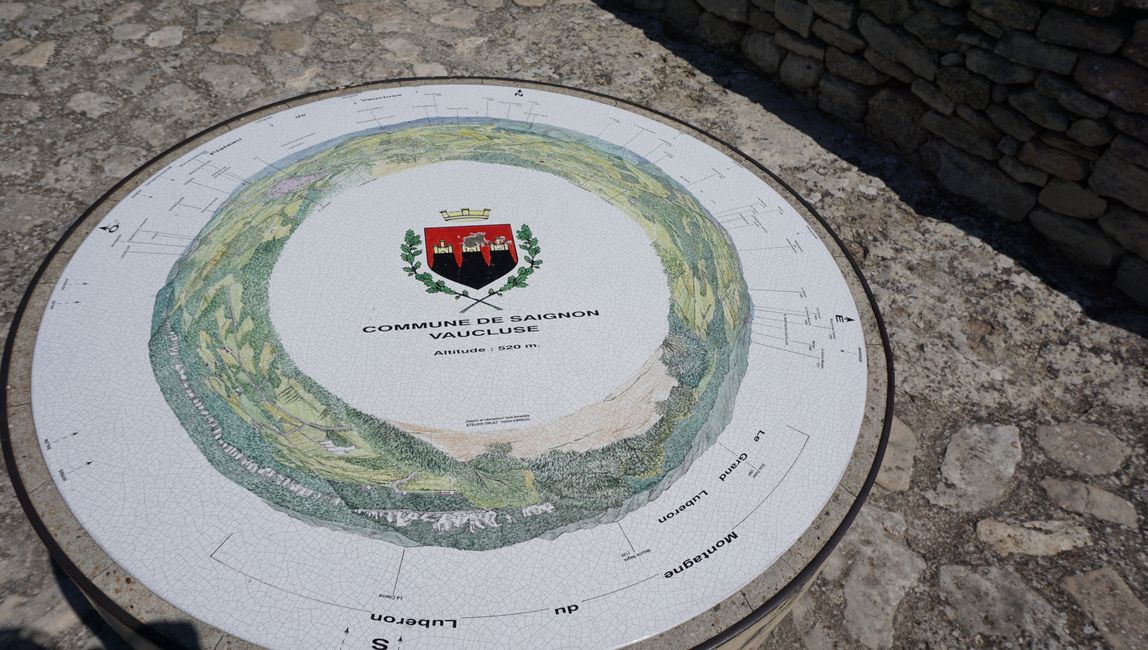# Tag 5 ff. God in France is still not awake
Published: 23.04.2023
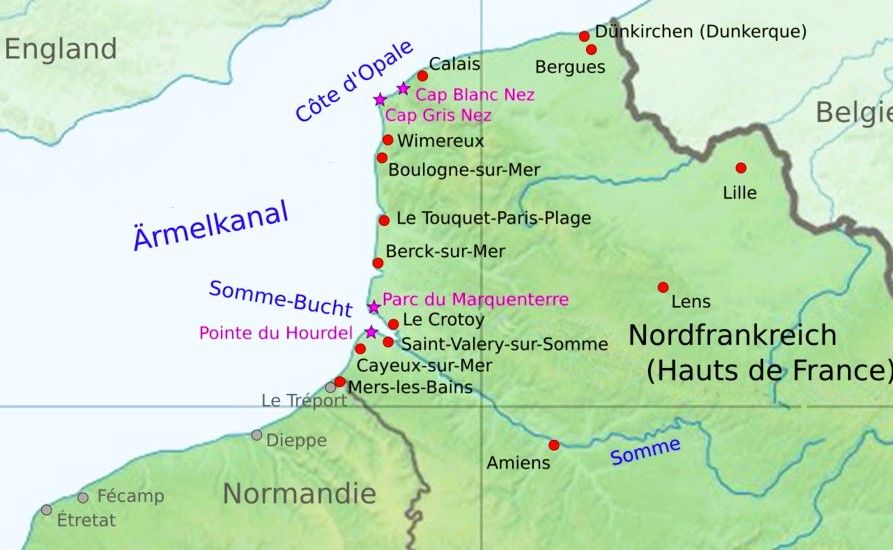
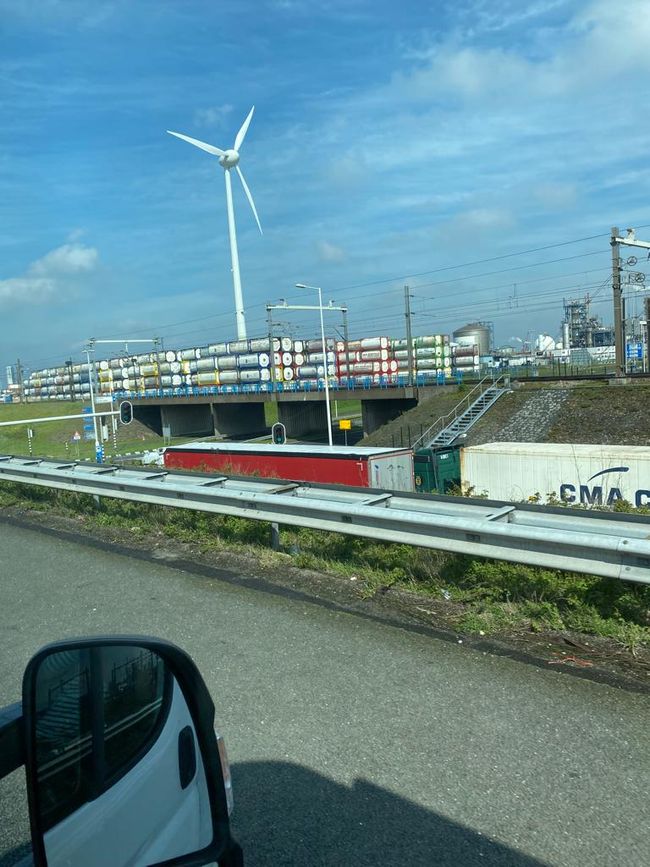
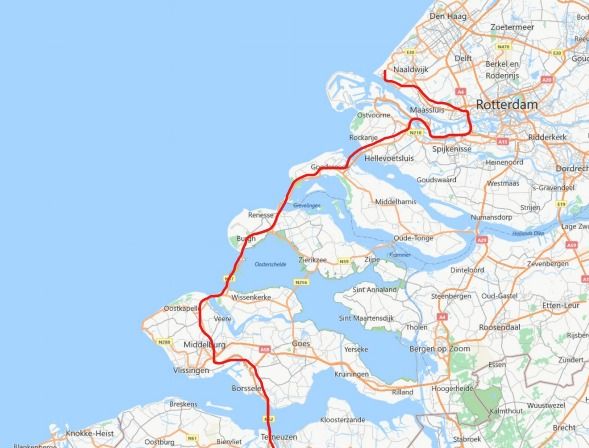
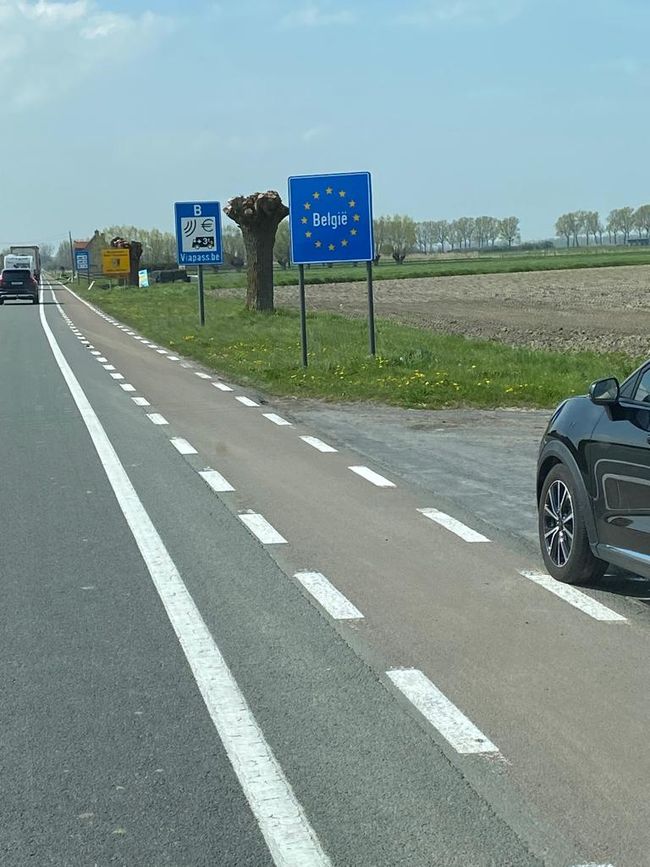
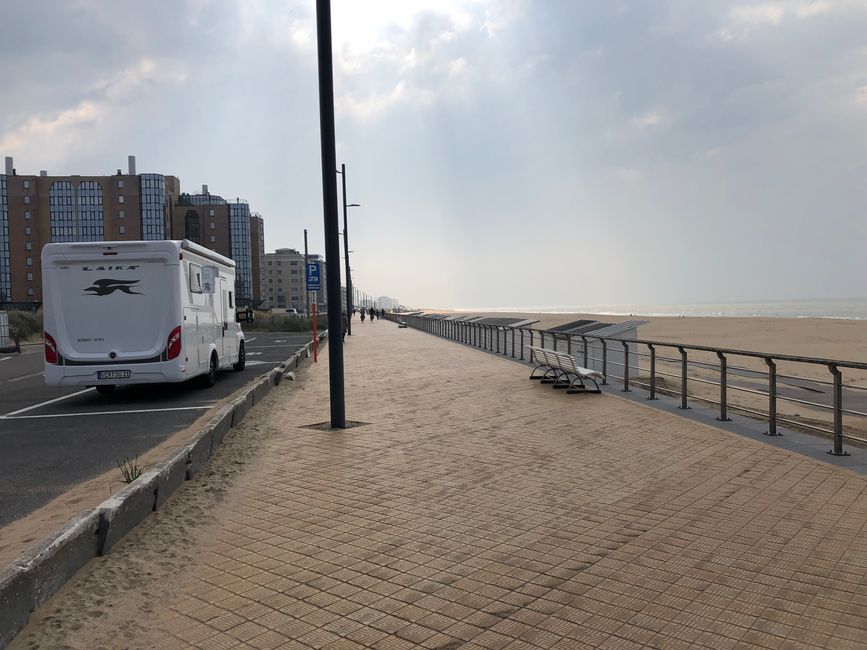
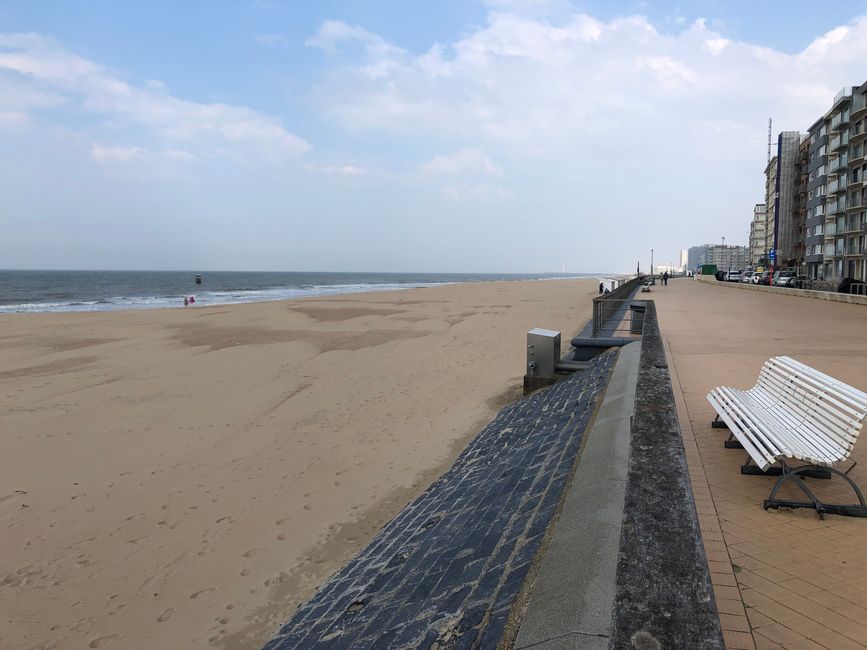

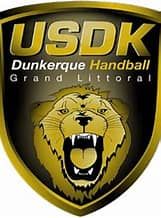
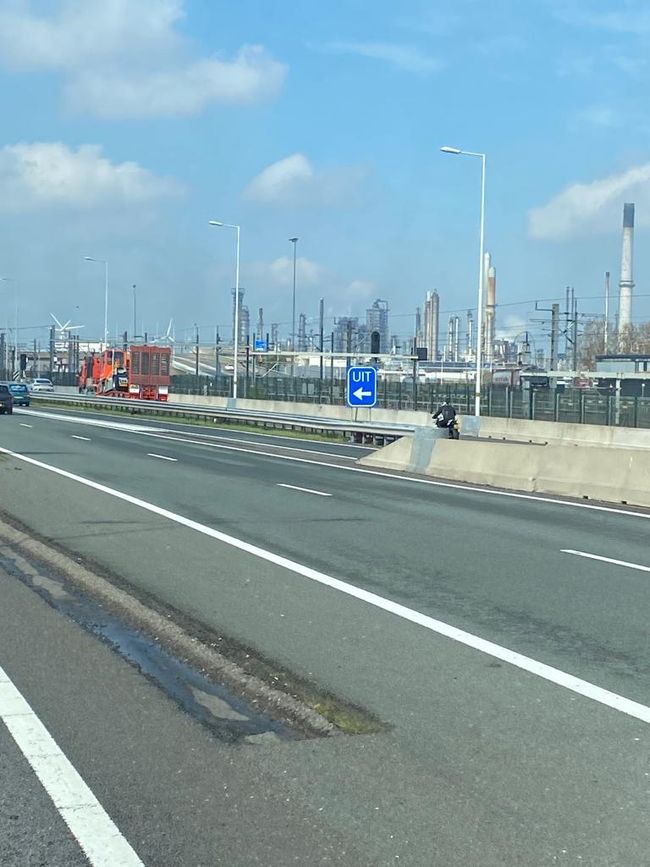
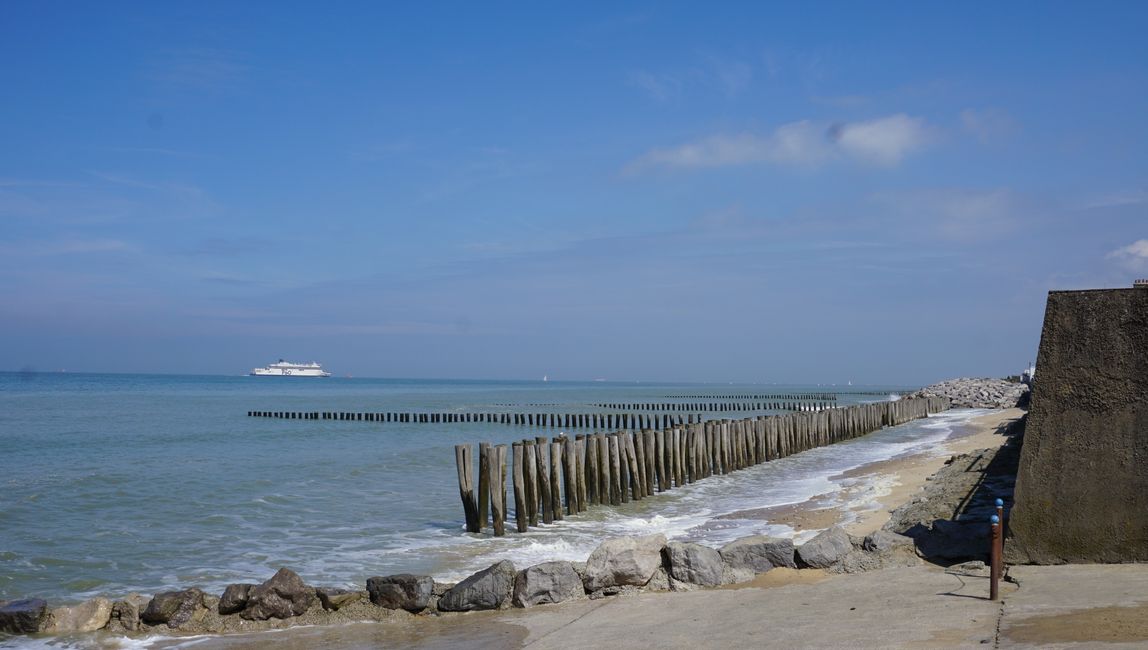
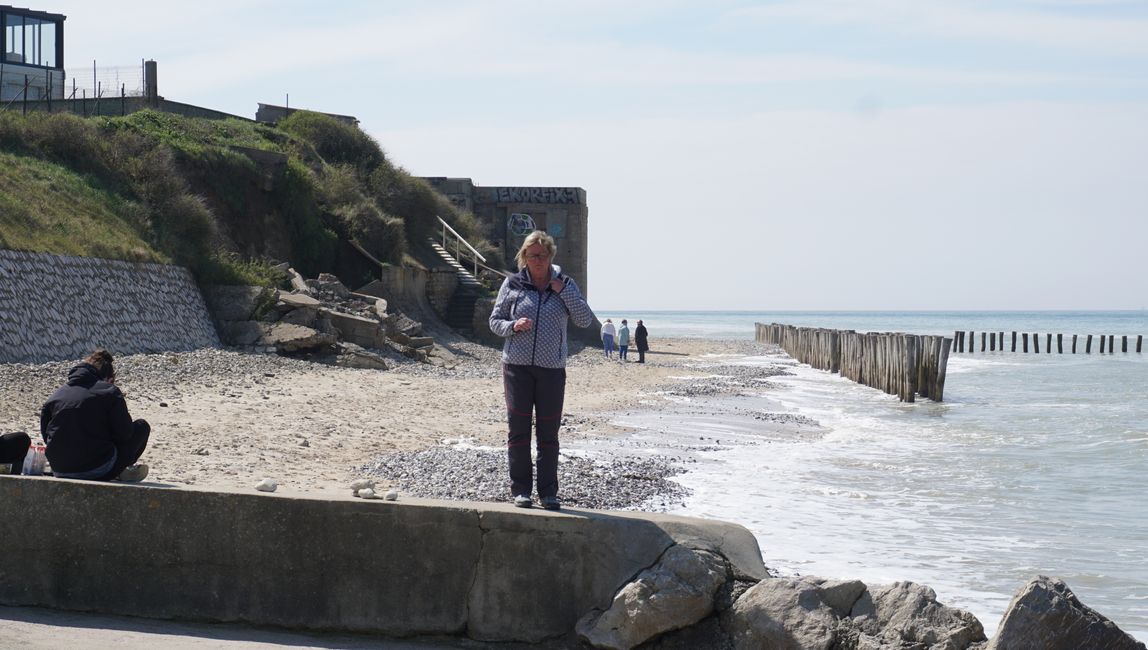
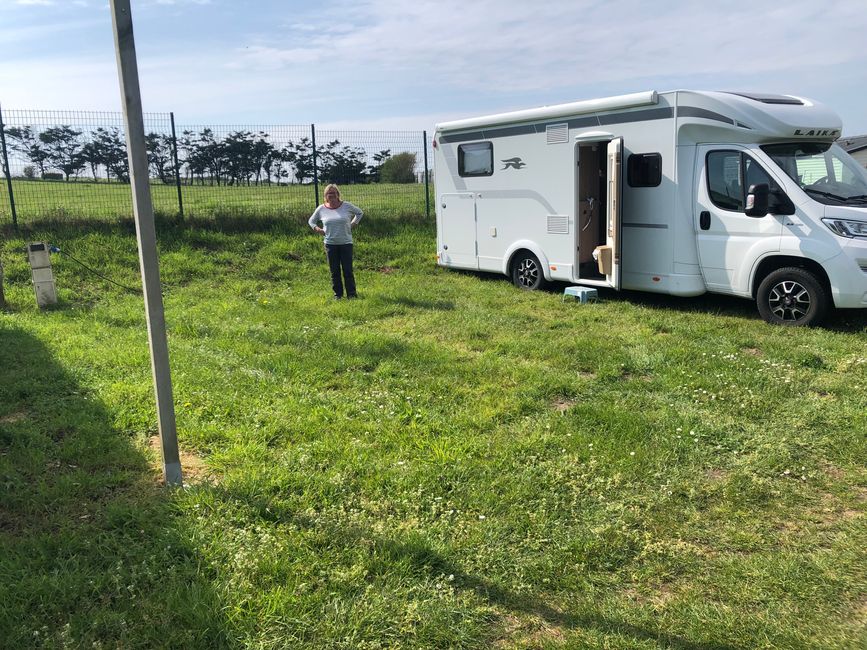
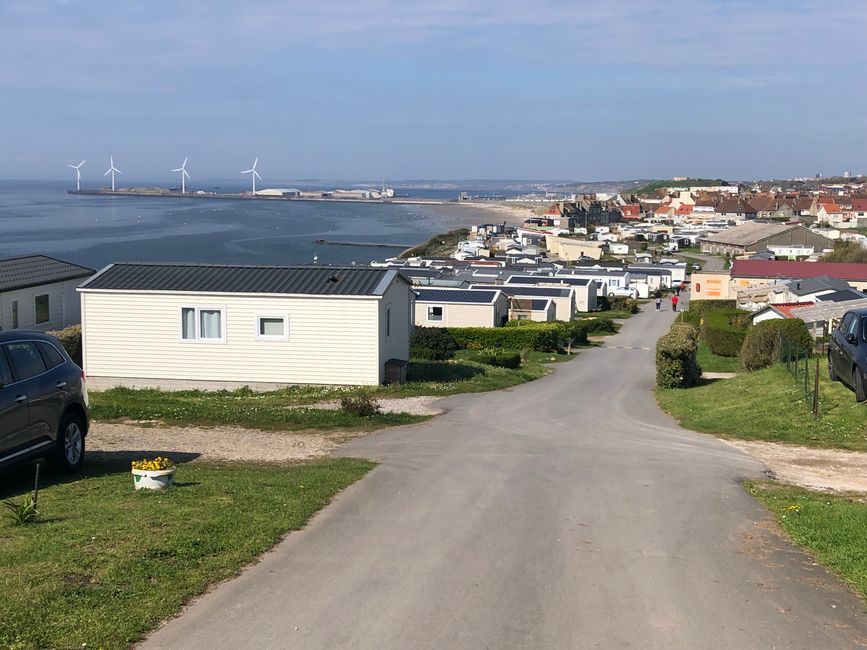
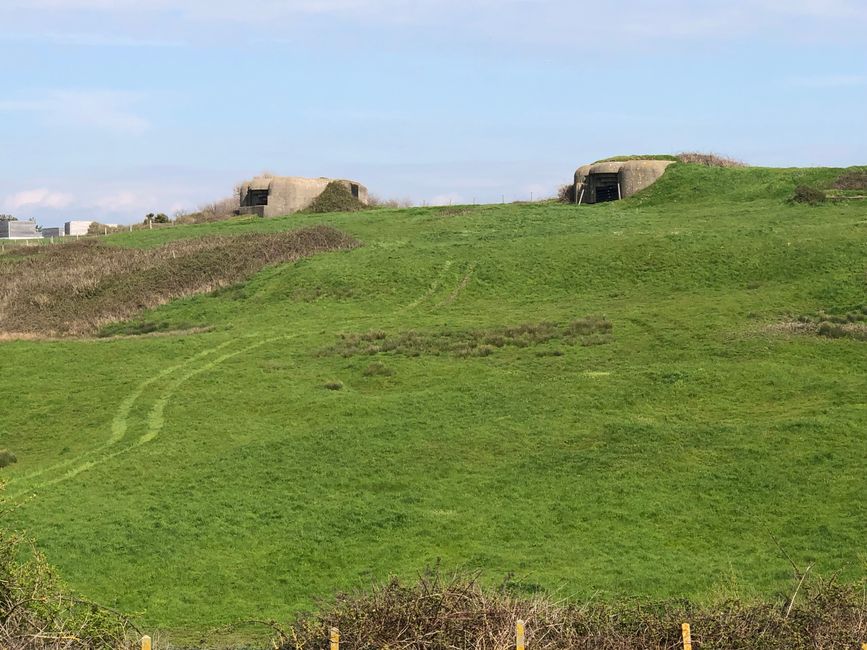
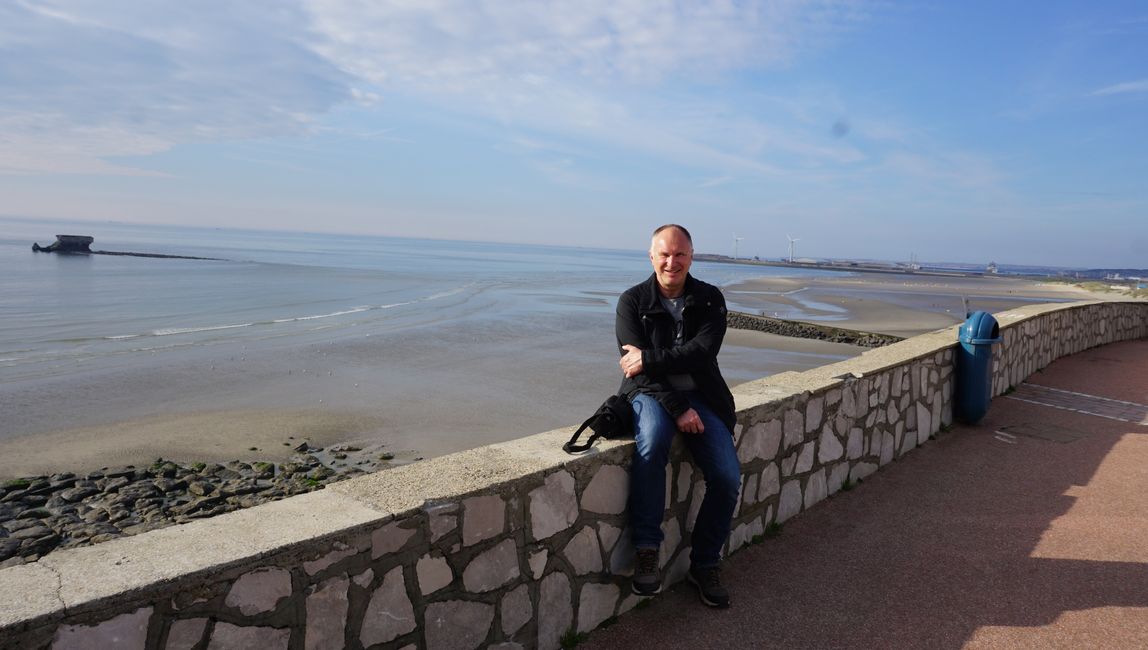
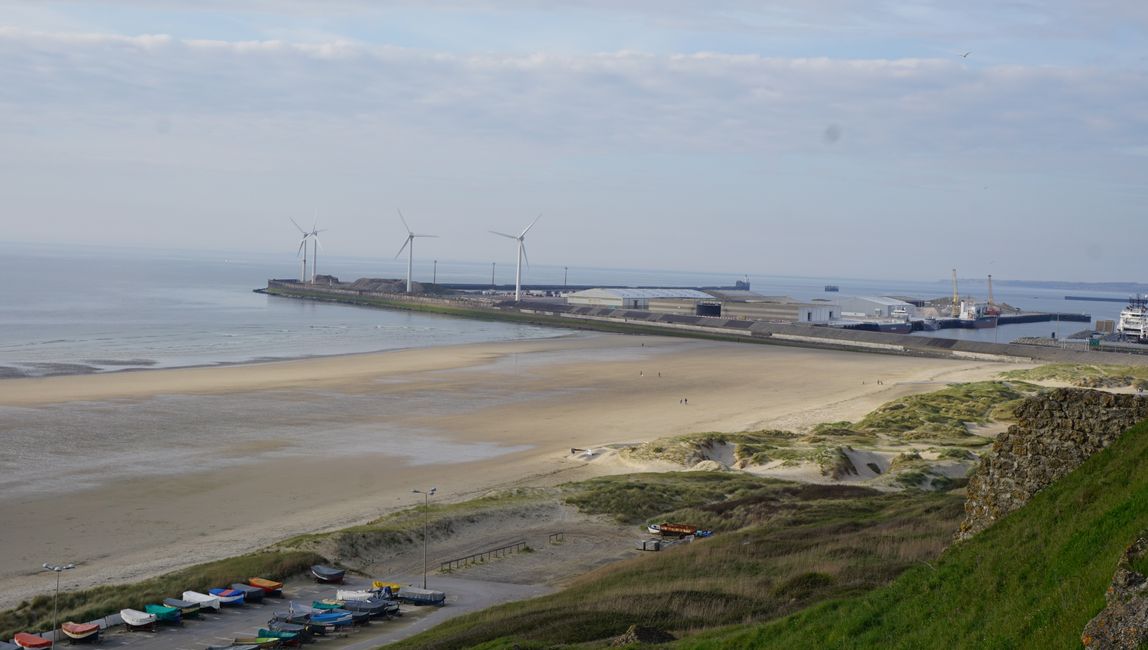
Subscribe to Newsletter
The next morning the square emptied. The first one to leave was the motorhome from Slovakia, which was parked right behind us - at 5:30 a.m.!
After breakfast and studying the maps, our journey continued around 10:30 a.m. We want to drive along the coast and cross the islands in Zeeland.

But first we have to navigate through the highway maze south of Rotterdam and the many junctions in the port. Here, the huge dimension of this industrial facility becomes apparent once again.

At some point between all the harbor facilities and canals, we find the turn-off to N57, which takes us over to Zeeland. This Dutch region consists of a series of islands, peninsulas, and a piece of land that could only be reached through Belgium before the construction of the only toll tunnel (2003, Westerschelde Tunnel, €7.50 for the motorhome).
Zeeland is just as flat as the rest of the landscape we have traveled so far. However, it has a lot more countryside to offer after the industrialized Rotterdam region.
Zeeland is a popular destination for tourists who appreciate beautiful water, clean coastlines, and nice seaside resorts. The Dutch make sure to charge a good price for that. Our research on camping and parking prices left us in awe.
After a quick shopping stop at ALDI in Middelburg and a little tour around Renesse (described as a young place with lots of activities), we drive back through the tunnel to the mainland and towards the Belgian coast. This is all called Flanders here, and that's when my thoughts wander off to the Tour of Flanders, a spring classic in cycling. Unfortunately, this one-day race already took place on April 2nd and mainly took place inland without touching the coast.
The Belgian coast stretches from Knokke-Heist in the east to de Panne in the west and covers 65 km. We decide to take the coastal road and experience a continuous built-up area. There is also a tram that runs along the entire coastal route (the Kusttram), and the road is identical to the rail tracks, so we often have to wait for a train to let passengers on and off at the stops.
About halfway through is the well-known seaside resort Ostend. Here, Simone found a parking spot on Park4night right on the promenade. Indeed, a great location right on the promenade.

But then we had doubts:

You can camp freely somewhere in the countryside, but standing under a prohibition sign in the middle of the city - a bit risky.
We continue driving and want to go beyond the border to Dunkirk. There I had found a campsite on the beach and near the city - Camping La Licorne.
And then the disillusionment (see title above):
- When we entered France, it started raining right on time and precisely
- The campsite La Licorne was closed due to urgent construction work
- The rain does not stop
- Our onboard toilet is full and there is no disposal nearby
- USDK Dunkirk handball team is playing in the 1st French league against Ivry at Stade de Flandres, which is located 3 km away, but it gets canceled due to rain
Right in front of the campsite is a parking lot where some motorhomes are already parked, and the man at the reception confirms that you can stay there overnight.
We park there and listen to the rain during dinner.
Saturday, April 22nd:
The next morning, it is dry but gloomy. In Dunkirk, there are only two things left to do:
- Empty the toilet
- I need a French data card from free mobile
About number 1, there should be a parking space with disposal on the promenade near the harbor. So we drive there first and find - no parking space. But there is a large parking lot with a single restroom. It seems like we can use it and our onboard toilet is functional again.
Because it starts raining again, we want to drive closer to the free boutique to buy the long-awaited data card - 210 GB of data volume for €20. I liked that one last year already.
And the purchase still works the same way:
- Select the machine
- Operate the touch screen and select the SIM card
- Enter name and email
- Insert credit card and pay
- Confirm everything
- SIM card and receipt in the output tray
That's it. Everything done in Dunkirk, and goodbye.
We continue along the coastal road to the section with the beautiful name Opal Coast (Côte d'Opale). It extends from Calais to the mouth of the Somme River and is supposed to live up to its name with beautiful light and vibrant colors.

Indeed, the section between Dunkirk and Calais is still industrialized with harbor facilities and supply companies. Additionally, the Eurotunnel and the car ferries between France and England are also located here.
The weather improves in the afternoon, and the sun makes the area appear much friendlier.

Then the landscape suddenly changes completely. Gentle hills and a winding road create a sense of mountain scenery. The green hills and the blue sea reveal why the coast is given the fancy name - at least when the sun is shining (you can probably guess what's coming).
Along the cliffs and through the beautiful towns, a vacation feeling finally sets in when the sun is shining.
In Boulogne-sur-Mer, we head directly to Camping Le Phare d'Opale located on the promenade in La Porteil. As it turns out, we even get a spot on the hill with a great view of the promenade without a reservation.

The campsite consists mainly of mobile homes, which are very popular among the French on the weekends. Free spaces for caravans or motorhomes are the exception, and we are placed at the farthest end of the site. But with a beautiful view, that's not a disadvantage. The sun does the rest, and we can take out the camping chairs and enjoy a 5 o'clock beer at our spot.
We have to enjoy that because tomorrow doesn't look great.
Oh, and then the handball Oberliga was playing at home, and my HC Bremen sweetens our evening with an away win in the old home at TuS Rotenburg.
Thanks guys.
Subscribe to Newsletter
Answer
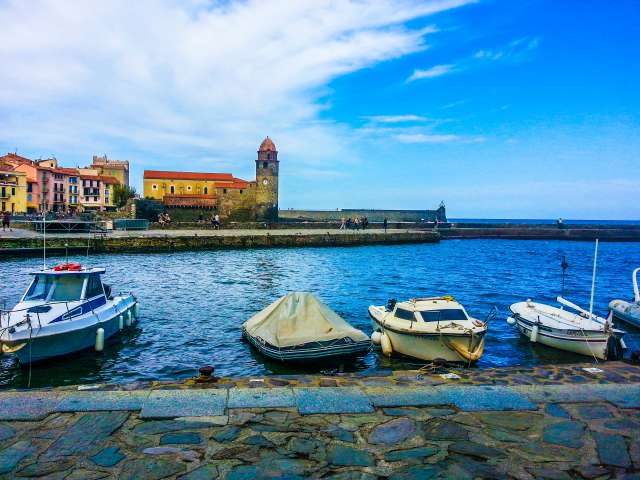
Travel reports France

